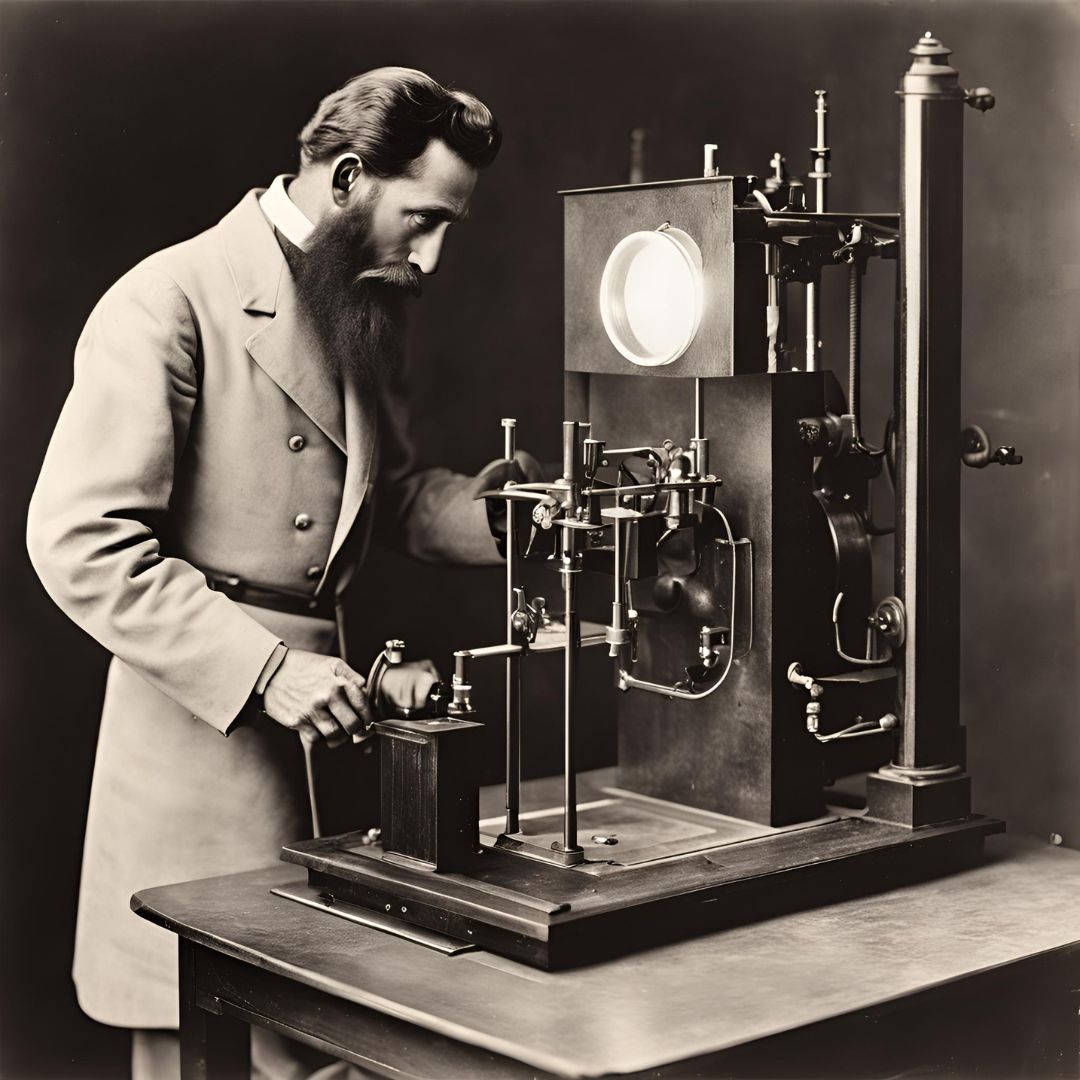Stem Cell Therapy: A Biomedical Frontier
Stem cell therapy is one of the most exciting and rapidly advancing areas in biomedical science. It holds immense promise for treating a wide variety of diseases and injuries that were once considered incurable. As a biomedical engineer, I find stem cell therapy particularly fascinating because it represents the intersection of biology, medicine, and engineering—a combination that can change the future of healthcare.
Here’s why stem cell therapy is considered a frontier in biomedical research and why it’s so important for the future of medicine.

What Are Stem Cells?
Stem cells are unique because they have the ability to develop into many different cell types in the body. Think of them as the body’s raw materials—the cells from which all other cells with specialized functions are generated. In certain conditions, stem cells can also divide and renew themselves, offering potential to repair or replace damaged tissues and organs.
There are two main types of stem cells:
- Embryonic Stem Cells, which are pluripotent, meaning they can turn into any cell type in the body.
- Adult Stem Cells, which are more limited but still capable of transforming into specific types of cells within certain tissues.

The Potential of Stem Cell Therapy
The potential of stem cell therapy is enormous. By using stem cells, scientists hope to regenerate tissues, replace damaged cells, and even treat conditions like heart disease, diabetes, Parkinson’s disease, spinal cord injuries, and certain cancers. The ability to heal or regenerate parts of the body that have been damaged offers a new horizon for medical treatments, moving beyond simply treating symptoms to addressing root causes.

Applications in Medicine
Stem cell therapy is being explored in a variety of medical fields, and here are some areas where it’s showing the most promise:
- Regenerative Medicine: This is perhaps the most significant application of stem cells. By using stem cells to repair damaged tissues, regenerative medicine could offer new treatments for conditions like heart disease, where scarred heart tissues could be replaced by healthy, functioning cells.
- Neurological Diseases: Diseases like Parkinson’s and ALS are caused by the loss of specific types of neurons. Stem cells have the potential to replace these lost neurons, offering new hope to patients suffering from these debilitating conditions.
- Orthopedic Injuries: Stem cell therapy is also being used in the treatment of bone and cartilage injuries. For instance, stem cells can be used to regenerate damaged joints or heal fractures that are not responding to traditional treatments.
- Diabetes: In people with type 1 diabetes, stem cell therapy aims to regenerate insulin-producing cells in the pancreas, potentially curing the disease.
- Cancer Treatment: This can be used to regenerate healthy cells after chemotherapy or to create immune cells that specifically target cancerous tissues.

Challenges and Ethical Considerations
Despite its immense potential, stem cell therapy is not without challenges. One of the primary concerns is the risk of rejection or uncontrolled cell growth, which could lead to tumors. There’s also the ethical debate surrounding the use of embryonic stem cells, as harvesting them involves the destruction of embryos.
Researchers are working hard to address these challenges.
Advances in gene editing and induced pluripotent stem cells (iPSCs) are addressing some ethical concerns. iPSCs are adult cells reprogrammed to act like embryonic stem cells. These cells come from a patient’s own body, reducing rejection risks and eliminating the need for embryos.

Looking Forward: The Future of Stem Cell Therapy
The future of stem cell therapy is incredibly promising. Technology and biomedical research are rapidly evolving. As a result, stem cell therapies are likely to become more refined and effective. They will also be more widely available. Additionally, gene editing technologies like CRISPR are advancing. Scientists are nearing the creation of personalized stem cell therapies. These therapies could target specific diseases with precision.






